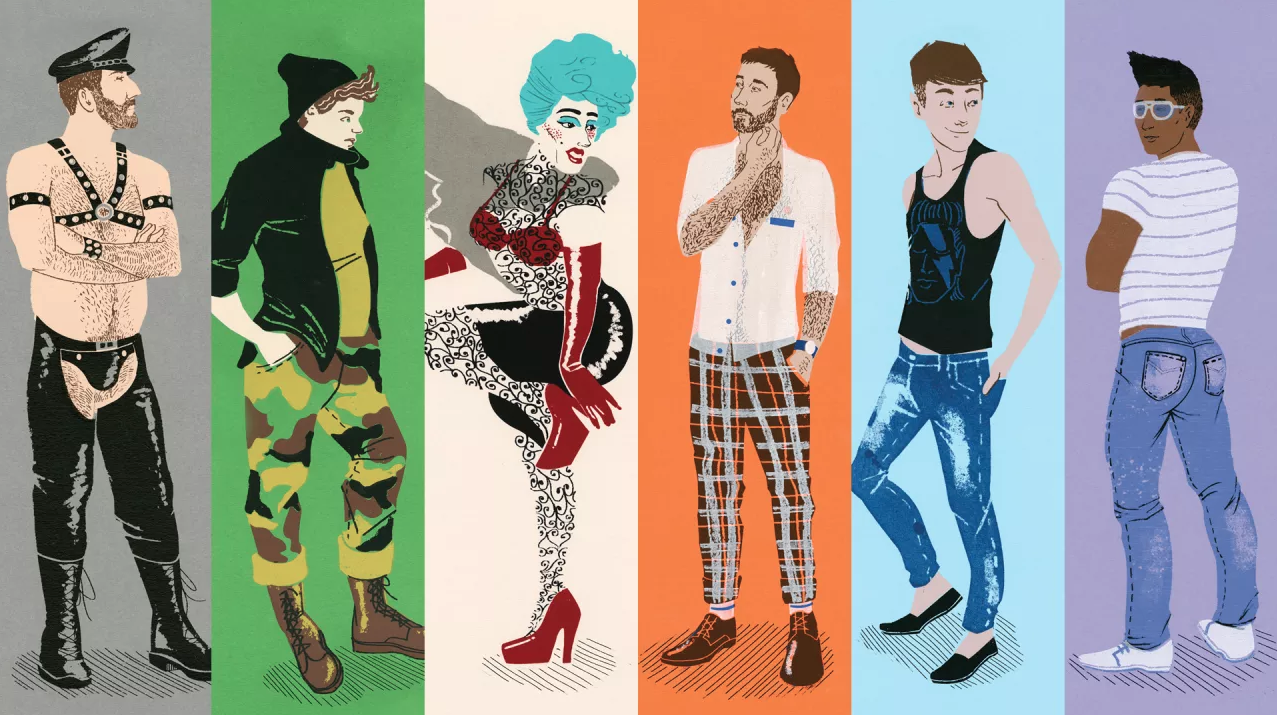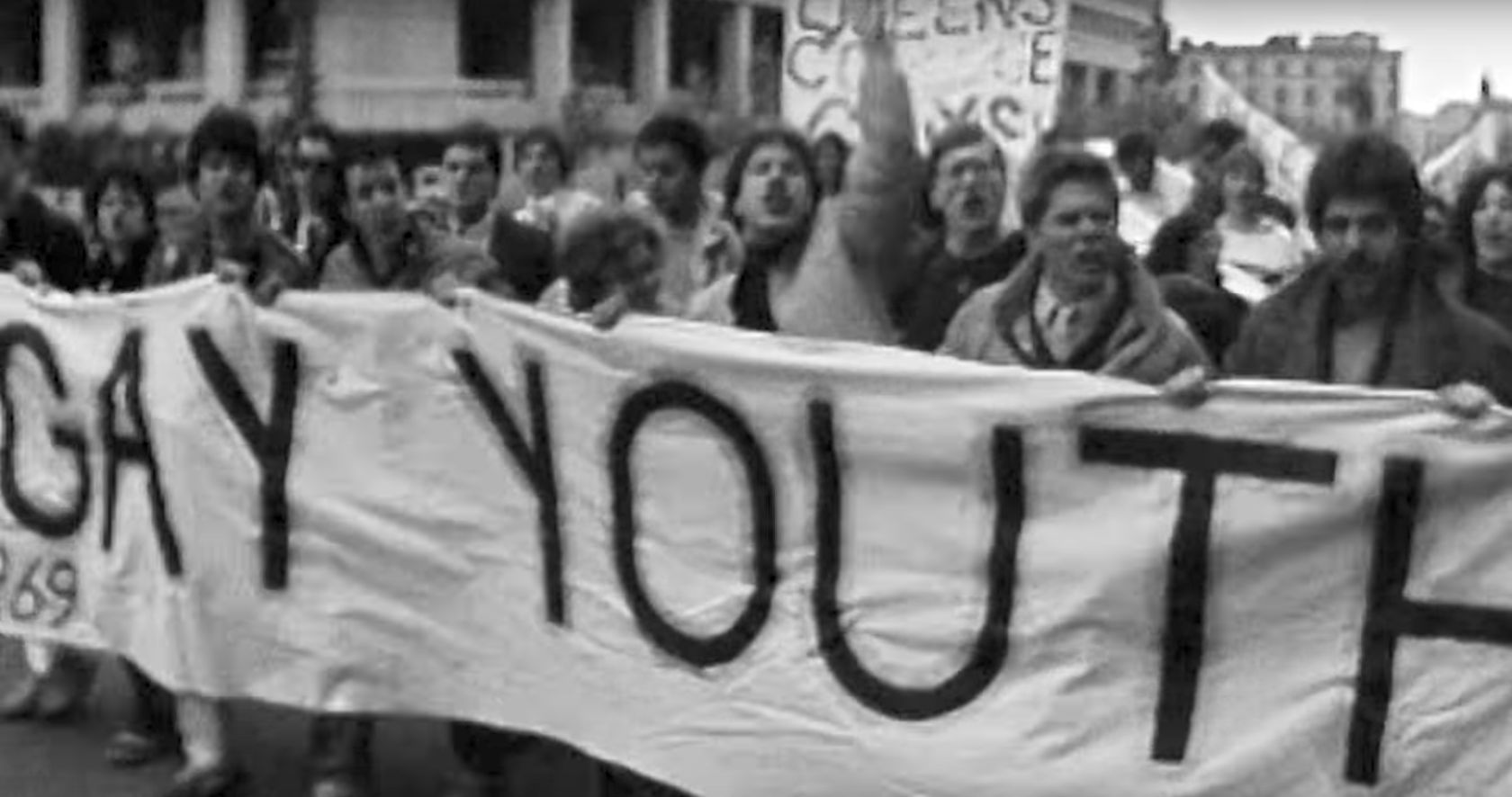 Ellen Wittlinger’s Parrotfish centers on a month of big changes for high schooler Grady. He’s changed his look; he’s changed his name; and he’s told his parents that he’s not their son, not their daughter. And while he finds that these are “big changes” for everyone around him, he is unable to figure out why his transition has made such an impact in the lives of his friends, family, and classmates. Despite his growing conviction that gender is simply a construct, he is frequently frustrated by the limitations that these constructs enforce. From the very first pages of dialogue, Grady finds that gender is essentialized and prioritized, presented as “the first question”—as it literally does in the opening conversation about his new baby cousin. “Is it a boy or a girl?”1
Ellen Wittlinger’s Parrotfish centers on a month of big changes for high schooler Grady. He’s changed his look; he’s changed his name; and he’s told his parents that he’s not their son, not their daughter. And while he finds that these are “big changes” for everyone around him, he is unable to figure out why his transition has made such an impact in the lives of his friends, family, and classmates. Despite his growing conviction that gender is simply a construct, he is frequently frustrated by the limitations that these constructs enforce. From the very first pages of dialogue, Grady finds that gender is essentialized and prioritized, presented as “the first question”—as it literally does in the opening conversation about his new baby cousin. “Is it a boy or a girl?”1
- Wittlinger, Ellen. Parrotfish. Simon & Schuster, 2007, p. 3. ↩






